Budget-Friendly Audio Gear for Documentary Filmmakers
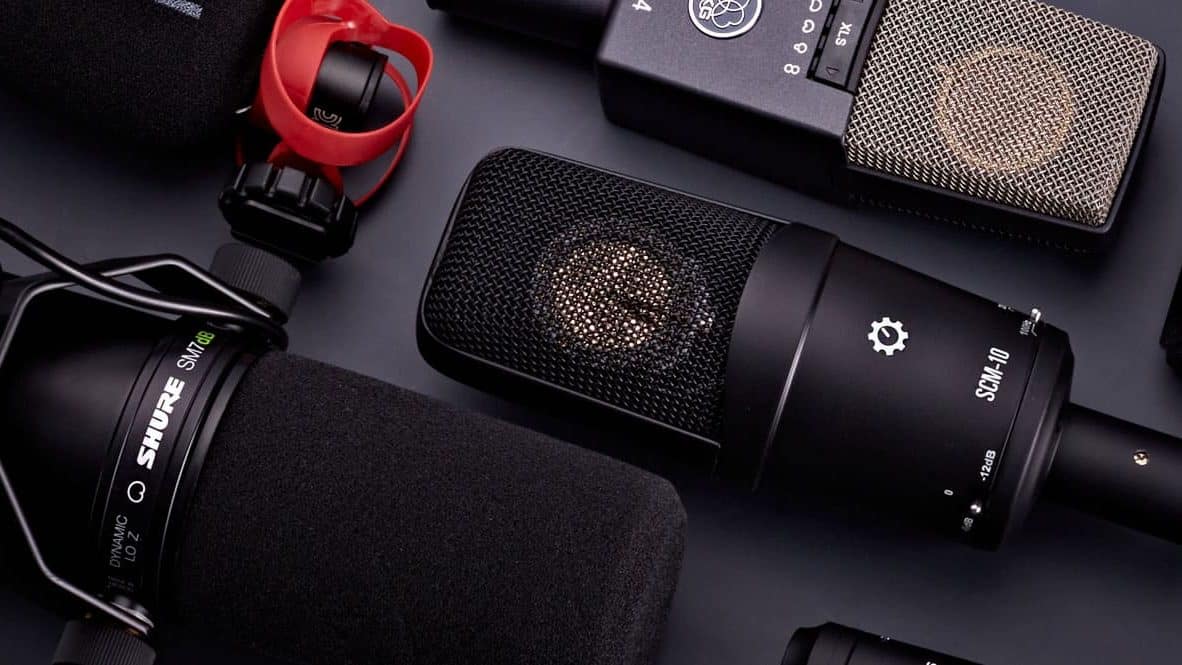
Picture yourself capturing crystal-clear audio that brings your documentary to life, all without emptying your wallet.
As a documentary filmmaker, you’re well aware that sound quality can make or break your project.
But you don’t need to spend a fortune to achieve professional results.
From affordable lavalier mics that clip discreetly onto your subject’s clothing to budget-friendly shotgun microphones that pick up crisp ambient sound, there’s a world of cost-effective audio gear at your fingertips.
The key is knowing where to look and how to maximize your equipment’s potential.
So, are you ready to discover the secrets of great sound on a shoestring budget?
Table of Contents
Essential Microphone Types
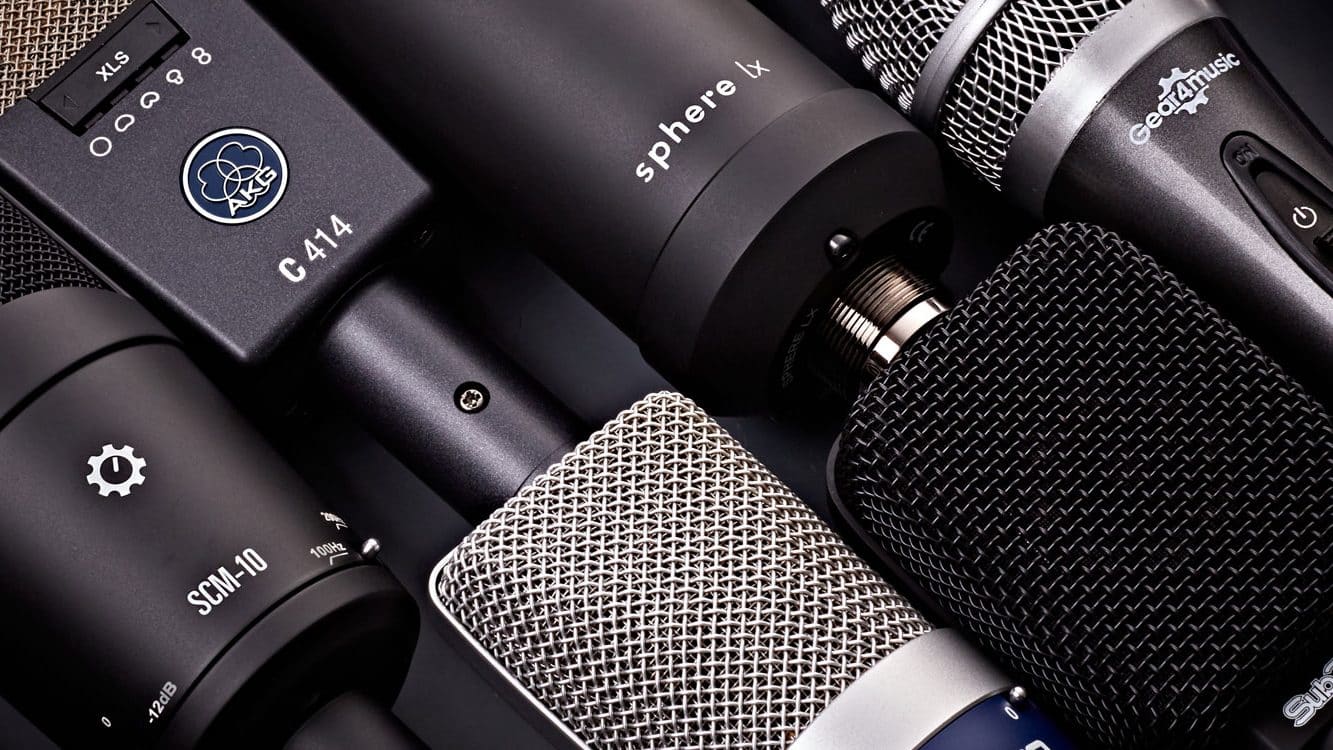
For documentary filmmaking, you’ll need three key microphone types: shotgun mics, lavalier mics, and handheld mics.
Shotgun mics are directional and excel at capturing distant sound sources. They’re ideal for outdoor interviews or capturing ambient noise.
Lavalier mics, small and discreet, clip onto your subject’s clothing, providing clear audio for sit-down interviews.
Handheld mics are versatile, perfect for on-the-go interviews or vox pops.
When considering budget-friendly wireless options, look into brands like Rode, Sennheiser, and Audio-Technica. These offer reliable performance without breaking the bank.
Rode’s Wireless GO system is particularly popular among indie filmmakers for its compact size and ease of use.
To maintain longevity, proper microphone maintenance is essential. Clean your mics regularly with a soft, dry cloth to remove dust. For stubborn dirt, use a slightly damp cloth, avoiding any moisture near the capsule.
Store your mics in a dry environment and use windscreens to protect against wind noise and saliva.
By following these cleaning tips and handling your gear with care, you’ll extend the life of your microphones and maintain peak audio quality for your documentaries.
Affordable Lavalier Mics

When choosing budget-friendly lavalier microphones for your documentary kit, you’ll find several cost-effective options that offer impressive audio quality and reliability.
Look for wireless systems that provide clear transmission within a reasonable range, typically 50-100 feet. Consider models like the Rode Wireless GO or the Boya BY-WM4 Pro, which offer good performance without breaking the bank.
Pay attention to microphone placement when using lavalier mics. Clip them about 6-8 inches below the speaker’s chin for best sound capture.
To enhance audio quality on a budget, invest in accessories like foam windscreens or fur windshields to reduce wind noise during outdoor shoots.
Some budget-friendly lavalier mics come with built-in recorders, eliminating the need for separate recording devices. This can be a cost-efficient solution for solo documentarians.
When selecting budget accessories, prioritize items that directly impact audio quality, such as shock mounts to reduce handling noise.
Budget-Friendly Shotgun Microphones

When it comes to budget-friendly shotgun microphones, you’ll find several options that offer impressive directional audio capture without draining your wallet.
These mics excel in picking up sound from a specific direction, making them ideal for outdoor interviews or capturing ambient noise in documentary settings.
Unlike lavalier mics, shotgun microphones don’t need to be attached to your subject, offering more flexibility in dynamic shooting situations.
They’re particularly effective in noisy environments where you need to isolate your subject’s voice. Some of the best brands offering affordable shotgun mics include Rode, Sennheiser, and Audio-Technica.
When choosing between shotgun vs. lavalier mics, consider your ideal settings.
Shotguns are perfect for outdoor scenes, wide shots, or when you can’t mic your subject directly. They’re also great for capturing environmental sounds. Some budget-friendly models even come with wireless options, giving you more mobility on set.
Look for features like low self-noise, good off-axis rejection, and shock mounting to minimize handling noise.
While they may not match the quality of high-end professional mics, these budget-friendly shotguns can substantially elevate your documentary’s audio quality without breaking the bank.
Portable Audio Recorders

Portable audio recorders complement shotgun microphones by offering high-quality, on-the-go sound capture capabilities that are essential for documentary filmmakers working within budget constraints.
These devices provide a cost-effective solution for capturing clear, professional-grade audio in various environments.
When selecting a portable recorder, prioritize recording quality and field durability.
Look for models that support 24-bit/96kHz recording, guaranteeing crisp, broadcast-ready audio. Many budget-friendly options offer this capability without breaking the bank.
Field durability is vital for documentary work, so choose a recorder with a rugged build and reliable battery life. Some models feature weather-resistant casings, perfect for outdoor shoots.
Consider recorders with XLR inputs, allowing you to connect professional microphones directly. Built-in stereo microphones are also valuable for capturing ambient sounds. Look for units with adjustable input levels and low-cut filters to manage unwanted noise.
Pre-record functions and dual-recording modes can be lifesavers in unpredictable documentary situations.
Finally, make sure your chosen recorder has adequate storage options, either through internal memory or SD card slots, to accommodate long recording sessions without interruption.
Windscreens and Pop Filters
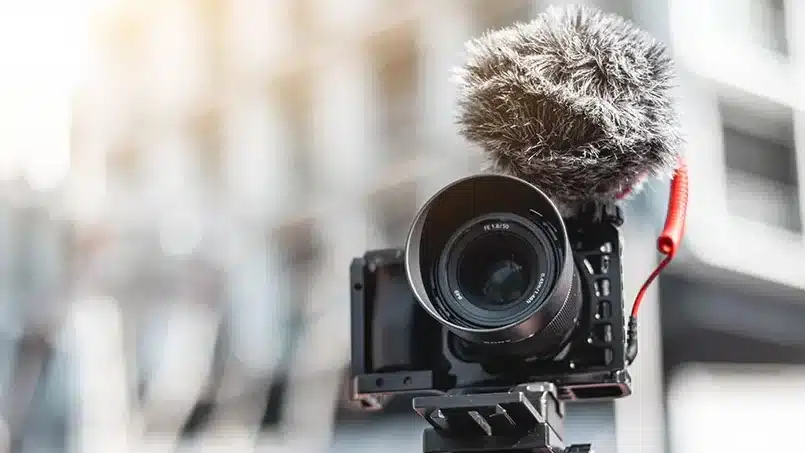
You’ll need to understand the different types and materials of windscreens and pop filters to safeguard your audio from unwanted noise.
Consider the trade-offs between DIY solutions and store-bought options, weighing cost against effectiveness and durability.
Mastering proper usage techniques will guarantee you’re getting the most out of these essential accessories, regardless of which type you choose.
Types and Materials
Windscreens and pop filters are available in various types and materials, each crafted to address specific audio challenges in documentary filmmaking.
When selecting these accessories, you’ll need to take into account material selection and durability to make sure they withstand the demands of on-location shooting.
Foam windscreens are lightweight and affordable, offering basic protection against wind noise. For more extreme conditions, furry windshields (often called ‘dead cats’) provide superior wind noise reduction.
Pop filters, typically used in controlled environments, come in nylon or metal mesh varieties. Nylon filters offer softer sound reduction, while metal mesh provides a sharper sound and increased durability.
The type versatility and compatibility of these accessories are essential factors to take into account. Ensure that your chosen windscreen or pop filter fits your specific microphone model and mounting system.
For shotgun microphones, cylindrical or blimp-style windshields offer thorough protection. Lavalier mics often use small foam or fur covers. Handheld mics may benefit from ball-shaped foam windscreens.
When choosing materials, weigh the trade-offs between acoustic transparency, wind noise reduction, and durability. Synthetic fur materials like artificial rabbit fur or specially designed acoustically transparent fabrics offer excellent performance in challenging outdoor conditions.
DIY Vs. Store-Bought Options
When considering windscreens and pop filters for your documentary audio setup, you’ll face a choice between DIY solutions and store-bought options, each with distinct advantages and trade-offs.
DIY windscreens and pop filters can be notably cheaper, often costing just a few dollars for materials like foam, nylon stockings, or wire mesh. However, they require time and effort to construct, and their effectiveness may vary depending on your craftsmanship.
Store-bought options, while more expensive, offer consistent quality and professional-grade performance. They’re designed to meet specific acoustic standards and are often more durable.
The cost comparison between DIY and store-bought gear can be substantial, with professional windscreens ranging from $20 to $100+, compared to DIY versions costing under $10.
The time investment for DIY solutions shouldn’t be underestimated. You’ll need to research designs, gather materials, and construct the items, which could take several hours. This time could be spent on other aspects of your production.
Quality trade-offs are also a factor; while a well-made DIY pop filter can be effective, it may not match the performance of a high-end commercial product, potentially impacting your audio quality in challenging conditions.
Proper Usage Techniques
Whether you’ve chosen DIY solutions or store-bought equipment, understanding the correct usage techniques for windscreens and pop filters is essential to maximizing their effectiveness in your documentary audio setup.
When using windscreens, make sure they’re securely attached to your microphone, covering it completely without touching the capsule. For outdoor shoots, consider using a furry windscreen or ‘dead cat’ for improved wind noise reduction.
Pop filters should be positioned 2-3 inches away from the microphone, directly between the sound source and the mic.
This distance allows for best plosive reduction without compromising audio quality. Remember to clean your windscreens and pop filters regularly to maintain their effectiveness and hygiene.
During sound editing in post-production, you can further refine your audio by using noise reduction plugins and EQ adjustments to minimize any remaining wind or plosive sounds.
However, it’s vital to capture clean audio on-set to reduce the need for extensive post-production techniques.
Audio Interfaces for Filmmakers
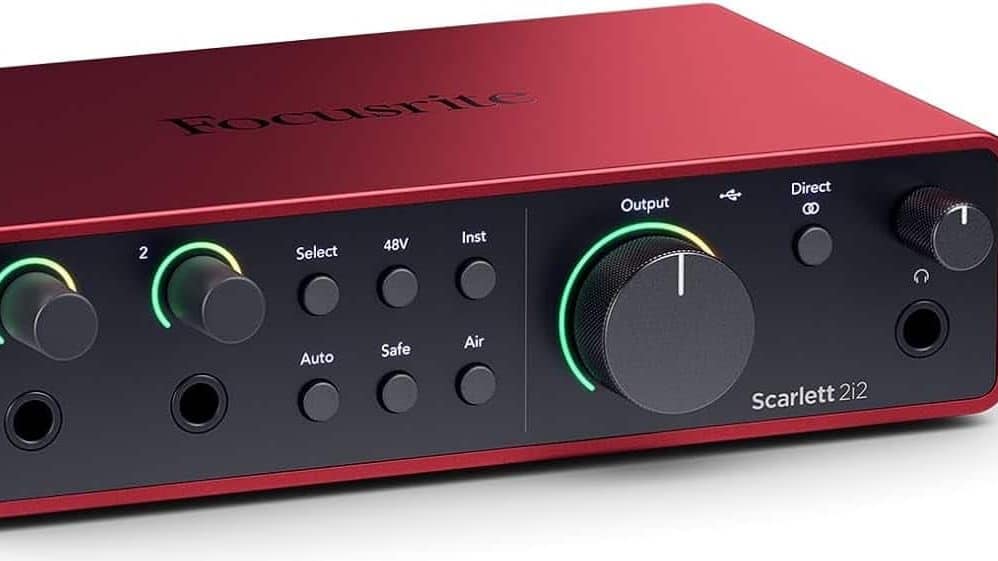
An audio interface serves as the essential link between your microphones and recording device, converting analog signals to digital data for seamless integration with your filmmaking workflow.
When selecting an interface for documentary work, consider models with budget-friendly preamps that offer clean gain and low noise floors.
Look for units featuring XLR inputs, phantom power, and high-quality A/D converters to ensure top-notch audio capture.
For on-location recording settings, prioritize portable interfaces with robust build quality and battery power options.
Some budget-friendly models offer wireless connectivity, allowing you to control settings remotely via smartphone apps. This can be particularly useful when recording in challenging environments.
Guarantee audio interface compatibility with your existing gear and preferred recording software. Many interfaces now support both USB and Thunderbolt connections, providing flexibility across various devices.
Pay attention to bit depth and sample rate capabilities, aiming for at least 24-bit/96kHz to future-proof your recordings.
Consider interfaces with built-in limiting or compression features to safeguard against unexpected audio peaks during dynamic documentary shoots.
Lastly, search for models with clear metering and intuitive controls to streamline your workflow in fast-paced filming situations.
Boom Poles on a Budget
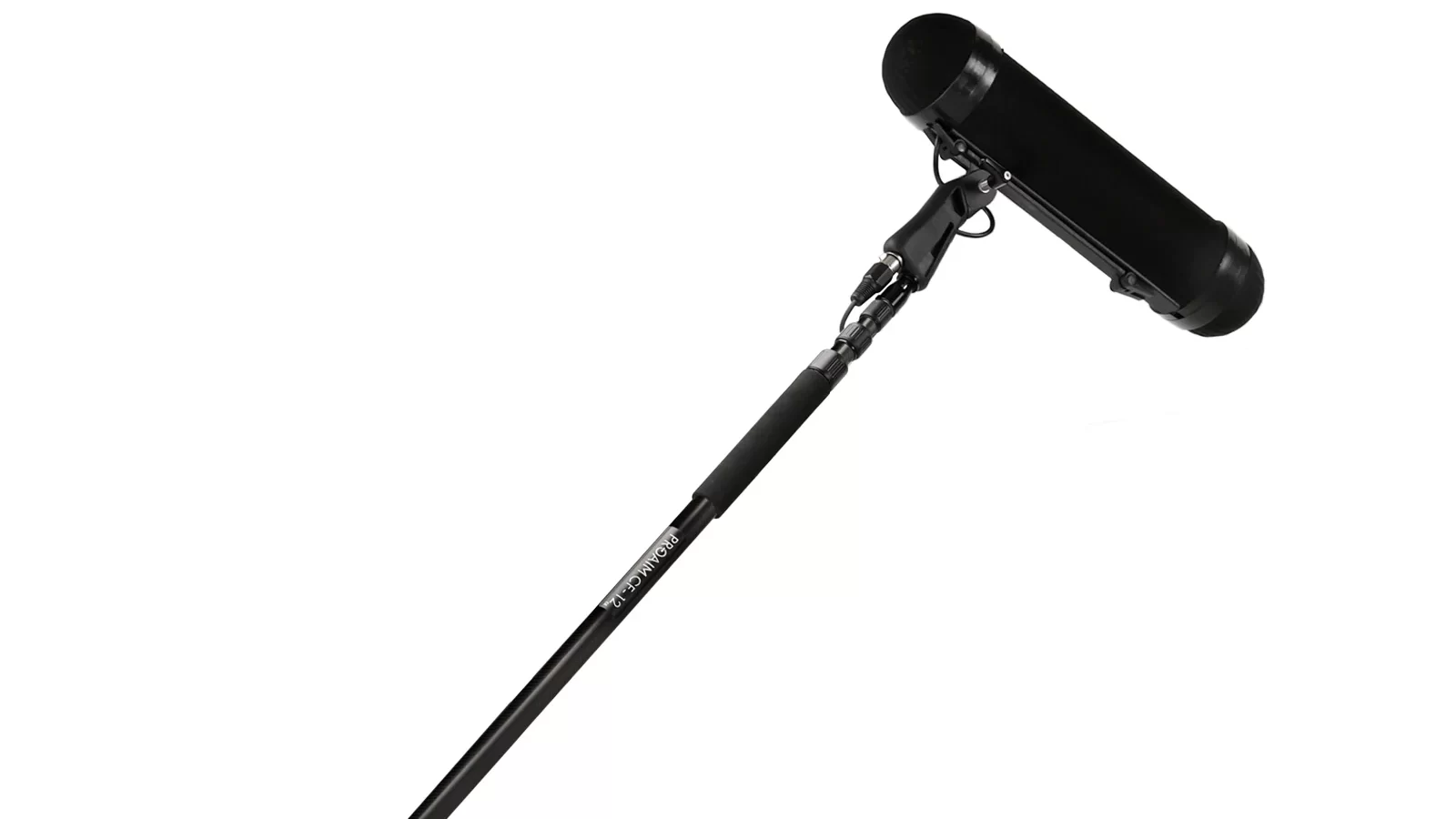
When considering boom poles for your documentary filmmaking, you’ll find both DIY solutions and affordable professional options.
You can create a basic DIY boom pole using PVC pipe, foam grip tape, and a microphone clip, which offers a cost-effective solution for those on extremely tight budgets.
For a more durable and professional setup, you might invest in entry-level aluminum boom poles from reputable brands, which provide better handling and functionality while still remaining budget-friendly.
DIY Boom Pole Solutions
Resourceful filmmakers can create cost-effective boom poles using readily available materials, saving hundreds of dollars on professional equipment.
One of the most popular homemade boom pole alternatives is a painter’s extension pole.
These lightweight, extendable poles are readily available at hardware stores and can be easily adapted for audio use. To create a functional DIY boom pole, you’ll need to add a mount for your microphone at the end.
For a secure mic attachment, consider using a 3/8′ to 5/8′ thread adapter, which you can screw onto the pole’s end. This allows you to attach standard microphone clips or shock mounts.
To improve handling, wrap the pole with tennis grip tape or foam pipe insulation for better grip and vibration reduction.
For innovative DIY boom pole grips, experiment with bicycle handlebar grips or repurposed tool handles. These can provide ergonomic comfort during long shooting days.
To further customize your homemade boom pole, add a simple XLR cable management system using velcro straps or cable clips along the pole’s length. This keeps your audio cable tidy and reduces handling noise.
Affordable Professional Options
Budget-conscious filmmakers can find professional-grade boom poles that offer excellent performance without breaking the bank.
Options like the K-Tek KE-79CC and the Rode Micro Boompole Pro provide durability and functionality at a reasonable price point. These poles typically feature lightweight aluminum construction, internal coiled cables, and adjustable lengths to suit various shooting scenarios.
When selecting an affordable boom pole, consider:
- Weight and balance for extended use
- Collapsibility for easy transport
- Cable management options
To complement your boom pole setup, explore budget-friendly wireless systems.
Manufacturers like Rode and Saramonic offer compact, reliable options that won’t strain your wallet. These systems often include lavalier microphones and compact receivers, ideal for run-and-gun documentary work.
Don’t overlook budget mixers when assembling your audio kit.
Devices like the Zoom F4 or Sound Devices MixPre-3 II provide professional features at a fraction of high-end costs. These mixers offer multiple XLR inputs, adjustable gain controls, and built-in recording capabilities, allowing you to capture clean, balanced audio in various environments.
Headphones for Field Monitoring
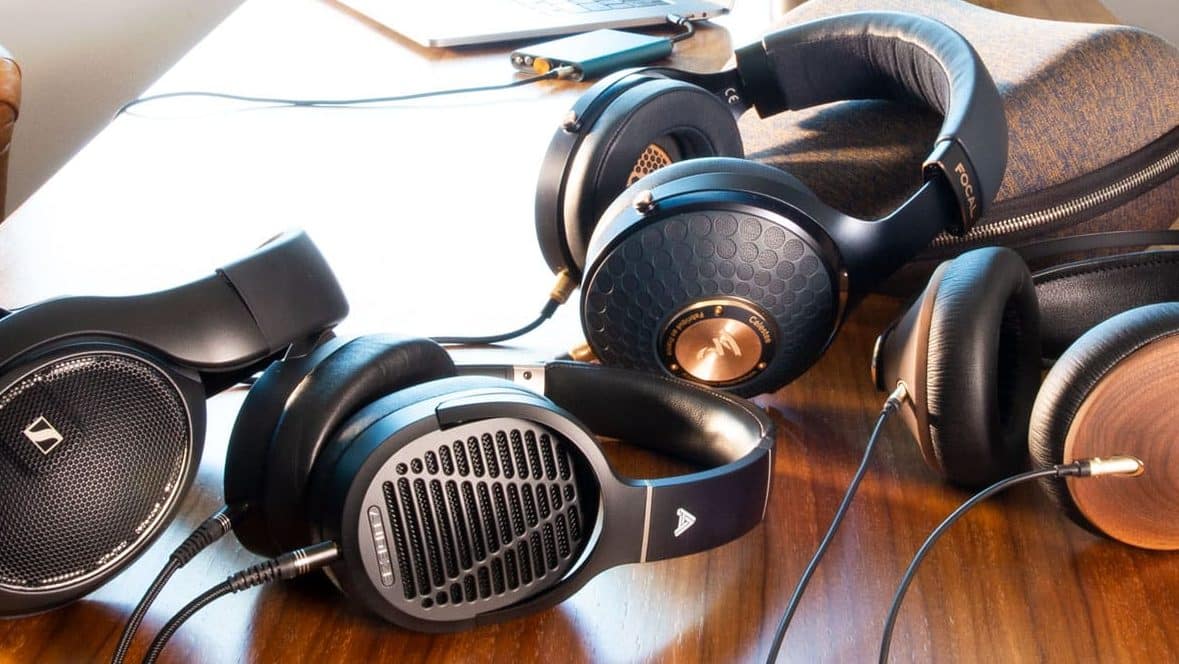
To accurately monitor audio while shooting in the field, you’ll need a reliable pair of closed-back headphones that isolate external noise and provide clear, uncolored sound reproduction.
Look for models with a frequency response range of 20Hz to 20kHz and an impedance between 32 and 80 ohms for compatibility with various audio devices.
Explore wireless options with noise cancellation features to minimize cable clutter and enhance your monitoring experience in noisy environments.
Bluetooth connectivity can be useful for quick audio checks, but remember that wired connections still offer the most dependable and lag-free performance. Comfort features like padded ear cups and adjustable headbands are essential for long shooting days.
Some budget-friendly options to explore include the Sony MDR-7506, Audio-Technica ATH-M40x, and Sennheiser HD 280 Pro. These models offer excellent sound quality and durability at affordable price points.
For wireless options, the Audio-Technica ATH-M50xBT and Sony WH-1000XM4 provide great sound quality and noise cancellation, though they’re pricier.
When selecting headphones, prioritize accurate sound reproduction over bass-heavy or artificially enhanced audio profiles to ensure your field recordings translate well in post-production.
DIY Sound Solutions
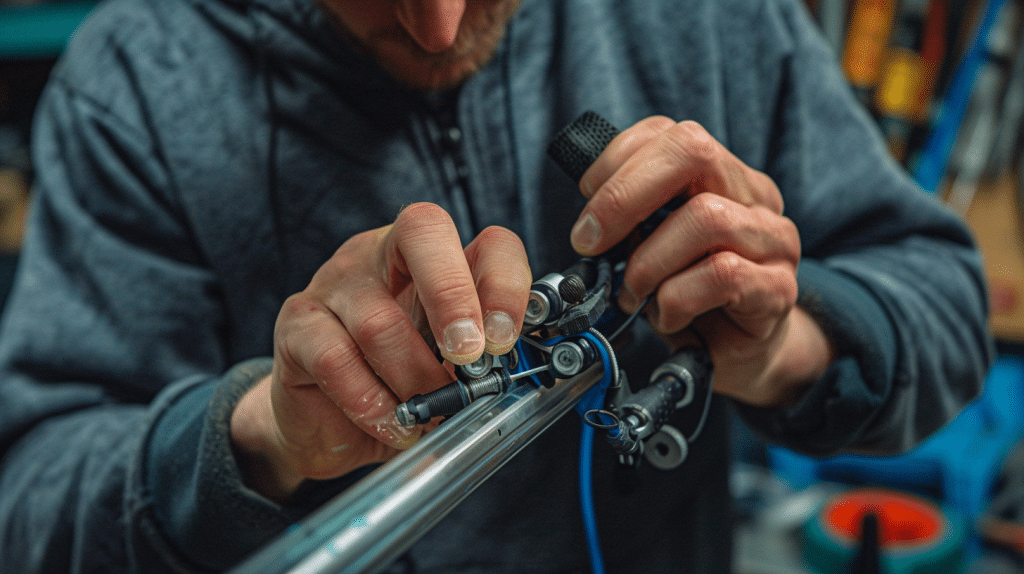
While professional audio gear offers reliable performance, you’ll often find innovative and cost-effective solutions by creating your own DIY sound equipment.
Homemade windshields and soundproofing materials can significantly enhance your audio quality without breaking the bank.
For instance, you can craft a windshield using faux fur fabric stretched over a wire frame, effectively reducing wind noise during outdoor shoots.
Creative audio hacks and custom solutions can address specific challenges you face in the field. Consider these DIY options:
- Construct a parabolic microphone using a plastic salad bowl and a small condenser mic for long-distance recording
- Create a portable sound booth using moving blankets and PVC pipes for on-location voiceovers
- Build a shock mount for your microphone using hair ties and a wire hanger to reduce handling noise
When implementing these DIY solutions, focus on using materials that won’t compromise audio quality. Test your creations thoroughly before relying on them for critical shoots.
Rental Options for Tight Budgets
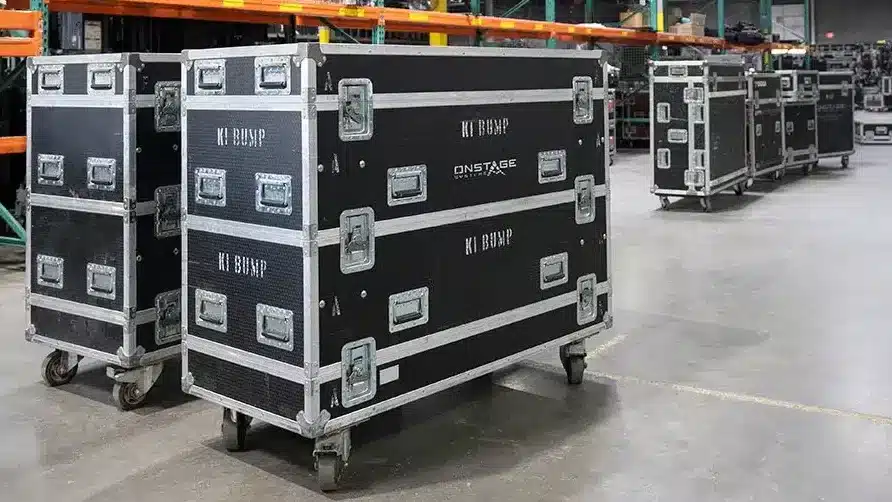
When you’re working with a limited budget, renting audio equipment can be a cost-effective solution for your documentary project.
Local rental shops often offer competitive rates and the advantage of hands-on equipment inspection before committing.
Additionally, you can explore online equipment marketplaces that connect you with gear owners willing to rent out their audio equipment, potentially providing access to a wider range of options and prices.
Local Rental Shops
For documentary filmmakers on a tight budget, local rental shops provide a cost-effective alternative to purchasing expensive audio equipment outright.
These establishments typically offer a range of audio gear at competitive rental rates, allowing you to access high-quality equipment without overspending.
When considering local rental shops, keep these key points in mind:
- Rental rates vary, so compare prices across multiple shops
- Equipment quality can differ between locations, inspect gear before renting
- Availability may be limited, especially during peak filming seasons
Local rental shops often excel in customer service, providing personalized assistance and technical support.
You’ll benefit from staff expertise, helping you choose the right equipment for your project’s specific needs. Many shops offer flexible rental periods, from daily to weekly or even monthly options, accommodating various production schedules.
Before renting, research the shop’s reputation and read customer reviews.
Verify they maintain their equipment properly and offer insurance options. Some shops may require a deposit or proof of insurance.
Online Equipment Marketplaces
Online equipment marketplaces offer three key advantages for budget-conscious documentary filmmakers: wider selection, competitive pricing, and convenient access to rental gear from various providers.
These platforms aggregate listings from multiple rental companies and individual owners, allowing you to compare options and find the best deals on audio equipment.
When using these marketplaces, don’t hesitate to try negotiating prices. Many sellers are open to offers, especially for longer rental periods or bundle deals.
However, be aware of potential scammers. Always verify the seller’s reputation through reviews and ratings, and communicate through the platform’s official channels.
Look for marketplaces that offer insurance options and protection policies to safeguard your rental experience. Some platforms provide detailed equipment specifications and user reviews, helping you make informed decisions about the gear’s suitability for your project.
To maximize savings, consider renting during off-peak seasons or midweek when demand is lower. Many marketplaces also offer loyalty programs or first-time user discounts, so explore these options to reduce costs further.
Frequently Asked Questions
How Do I Troubleshoot Common Audio Issues During a Documentary Shoot?
When troubleshooting audio issues, start by checking microphone connections and battery levels. Address interference by adjusting frequencies or relocating equipment. Minimize background noise through proper mic placement and using windscreens. Always monitor levels and carry backup gear.
What’s the Best Way to Organize and Label Audio Files on Location?
Imagine your audio files as explorers in a vast jungle. Guide them with a clear map: Use consistent file naming conventions and a logical folder structure. Don’t forget equipment maintenance and cable management to keep your audio expedition running smoothly.
Are There Any Free Software Options for Basic Audio Editing?
You’ll find several free software alternatives for basic audio editing. Try Audacity or Ocenaudio, both offering essential editing techniques and audio mixing capabilities. Explore online tutorials to master these tools and enhance your audio post-production skills efficiently.
How Can I Improve Room Acoustics for Indoor Interviews on a Budget?
You can improve room acoustics with DIY solutions using affordable materials. Hang heavy curtains, place area rugs, add bookshelves, and use foam panels on walls. Position furniture strategically and seal gaps around doors and windows.
What’s the Ideal Mic Placement for Capturing Natural Ambient Sounds?
Picture yourself as a sonic explorer in nature’s amphitheater. For outdoor recordings, position your microphone to capture environmental sounds effectively. You’ll want to aim it towards the primary sound source, shielding it from wind and unwanted noise.
Share:
Search our blog:
Follow us on:
